Stroke symptoms in kids often missed or misunderstood
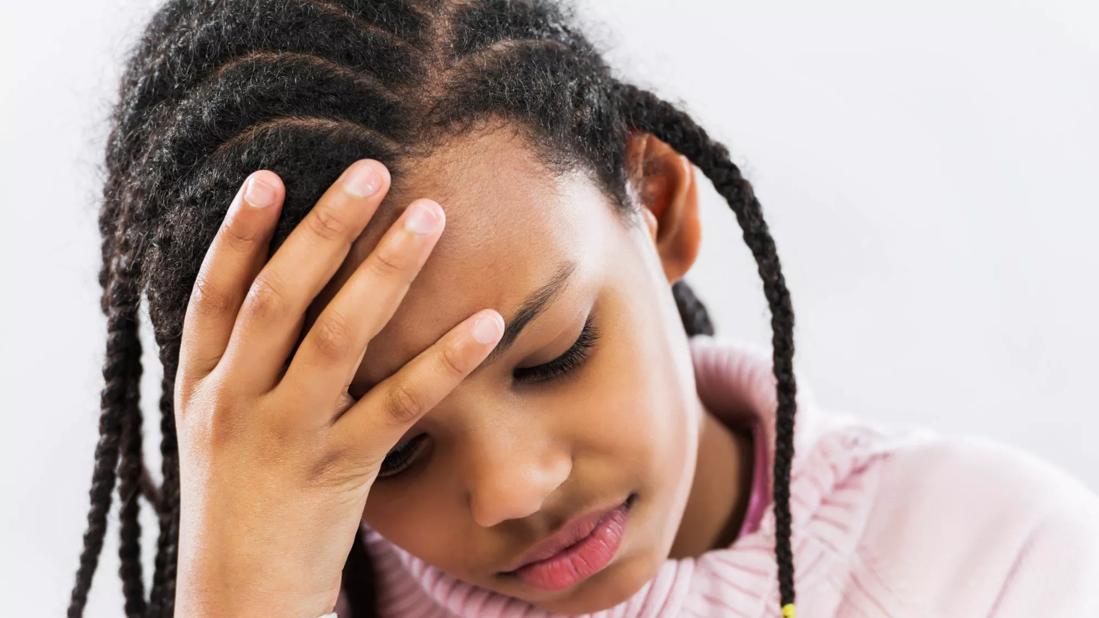
Contributor: pediatric neurologist and stroke specialist Neil Friedman, MBChB
Advertisement
Cleveland Clinic is a non-profit academic medical center. Advertising on our site helps support our mission. We do not endorse non-Cleveland Clinic products or services. Policy
You may not think to look for signs of stroke in a child, and thankfully, strokes are not common in young people.
A stroke, which blocks blood flow or causes bleeding in the brain, can happen at any age. It’s a myth that only older adults have strokes. Even newborns, infants and very young children can suffer a stroke.
That’s why it’s so important to recognize signs of stroke and know the risk factors for all ages.
The risk of stroke in children is greatest in the first year of life and during the period around birth. Stroke remains among the top 10 causes of death in children, according to the National Stroke Association.
You know your child best. And with stroke, time is of the essence. You can help by telling doctors what unusual symptoms you are noticing.
Watch out for these signs of stroke in children:
In very young children, it is easy to misunderstand or miss the signs of a stroke. As stroke isn’t common in babies, kids or adolescents, doctors may attribute symptoms to a more common ailment.
Advertisement
If your child seems abnormally drowsy, has been vomiting excessively or has a sudden onset severe and intractable headache, the pediatrician may suspect a stomach bug.
If your child has new onset slurred speech, focal weakness or double vision — these, too, may be signs of stroke. In a very young child, however, speech is often unclear, and a child may be unable to report double vision. Similarly, weakness of an arm or leg may be difficult to identify.
This all creates challenges in interpreting symptoms, but never hesitate to reach out to your doctor if you suspect something is amiss with your child.
One way to remember the signs is to know the acronym — BE FAST:
Balance – Sudden loss of coordination, balance, trouble with walking or dizziness
Eyes – Sudden change or loss in vision (double vision, blurry vision or the feeling of a shade coming down over the eye)
Face – Sudden weakness or asymmetry of the face
Arms – Sudden weakness or numbness of the arm and/or leg
Speech – Sudden difficulty producing speech or language (trouble finding words or understanding spoken and/or written commands)
Time – Time to call 911 and note the time symptoms started.
RELATED: 5 Things You Don’t Know About Childhood Stroke
While high blood pressure, an irregular heartbeat and a hardening of the arteries are common causes of adult strokes, they are rare in children.
The most common stroke risk factors for children at the age of 1 month to 18 years include:
In about a quarter (20-25 percent) of childhood strokes, doctors don’t find any previous risk factors.
The most important thing to remember is to call 911 and get help quickly if you think your child has had a stroke.
Often, paramedics will know which nearby hospitals have specific expertise in treating pediatric stroke. Fast treatment helps limit brain damage. It can also head off permanent complications, such as weakness, vision problems or seizures.
Experts say treatment approach depends on what caused the stroke in the first place.
Doctors treat adults with medications that dissolve blockages. A specialist also may use a catheter to remove the blockage. The problem is that these treatments aren’t FDA-approved for use in children but in the correct setting, and done in conjunction with a pediatric stroke expert, they may be appropriate to consider.
Advertisement
As a child recovers, the doctor focuses on identifying and treating the condition that caused the stroke.
For instance, if a child has sickle cell disease, blood transfusions can reduce the risk of repeat strokes. If a congenital heart defect is the problem, a child may require surgery. Sometimes re-establishing blood flow to the brain may be appropriate.
Maximizing your child’s developmental potential and recovery following stroke requires a team approach including physical, occupational and speech therapy as appropriate. Braces and orthotics may also be necessary at times.
The bottom line: Act FAST and call 911 if you suspect your child or anyone else is having a stroke.
RELATED: Stroke Treatment Guide
Advertisement
Learn more about our editorial process.
Advertisement
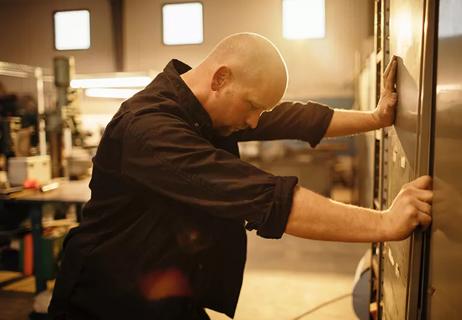
Know the warning signs + decrease your risk

Your heart (and its health) is your responsibility
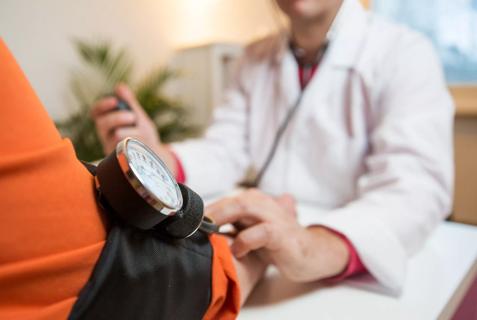
Female-only factors add another layer

Lorem ipsum dolor sit amet. Et odio Quis vel ipsam omnis eum alias deleniti et placeat impedit non voluptas galisum hic autem enim et cupiditate aliquid. Est beatae quidem non facilis autem ut commodi nisi aut tempore rerum et dolores voluptatem cum enim optio id sapiente quasi. Ad laboriosam officiis 33 cupiditate sequi ea voluptatum consectetur qui necessitatibus voluptate et quasi doloremque et facere explicabo quo explicabo officia

You can counter the risk of prediabetes-related heart attack or stroke by eating more fruits, vegetables and whole grains, as well as exercising regularly
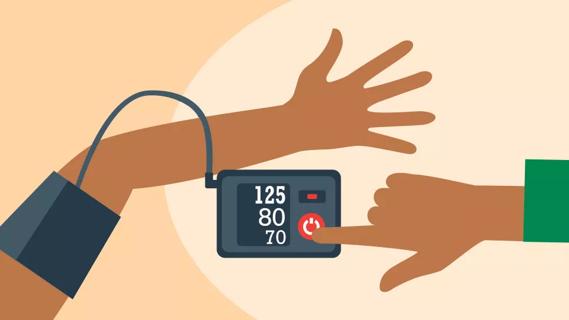
An ideal blood pressure is less than 120 mm Hg systolic and less than 80 mm Hg diastolic
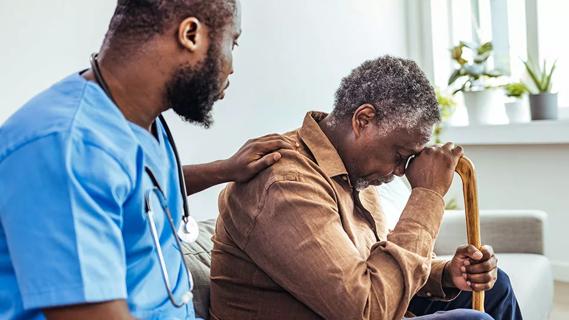
Your age, the type of stroke you had, the cause and the location can all impact your recovery

It can be overwhelming, but habit changes help lower your risk of another stroke

Type 2 diabetes isn’t inevitable with these dietary changes

Applying a hot or cold compress can help with pain